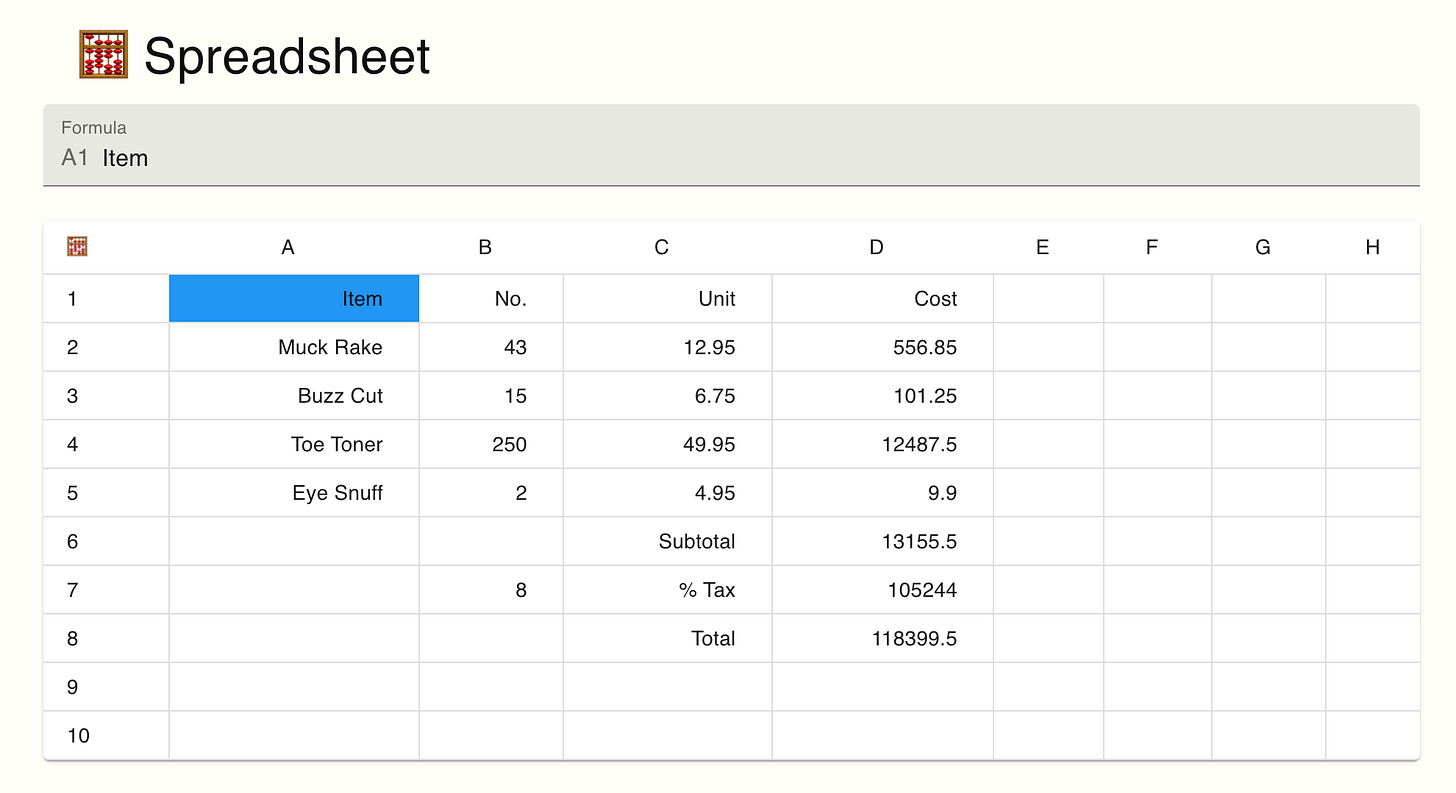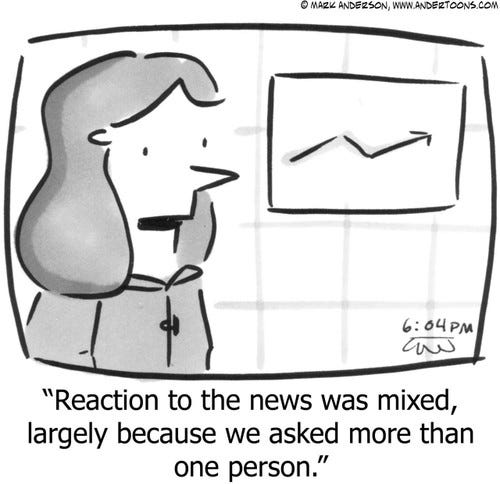There was a wall. It did not look important. It was built of uncut rocks roughly mortared; an adult could look right over it, and even a child could climb it. Where it crossed the roadway, instead of having a gate it degenerated into mere geometry, a line, an idea of boundary. But the idea was real. It was important.
For seven generations there had been nothing in the world more important than that wall.
Like all walls it was ambiguous, two-faced. What was inside it and what was outside it
Ursula K. Le Guin's "The Dispossessed"
I've been building analytics motion recently. Thinking about exposing data to non-technical people while ensuring the technical is done properly.
That depending on the side of the wall you stand by, you get what you expect.
Each side presents things differently. But they are ultimately the same under the hood. Dashboards or rectangle tables. They are two faces of the same coin.
Working with both populations, I find myself on that wall. Always battling between the duality. Business. Engineering.
Walls are nice. They bring strength which is essential to maintain identifiable character. Focus.
But they ultimately create ghettos.
In a city made up of ghettos, people have the support of the most basic [...] People in the ghetto are usually forced to live there, isolated from the rest of society, unable to evolve their way of life, and often intolerant of ways of lie different from their own.
Christopher Alexander, “A Pattern Language”
On one side we have the CLI. The MDC file into a fresh new code editor.
On the other the cluttered CRM. The 2 months old - already dead - spreadsheet.
Analytics engineering is one of the clutches standing on that wall. But its vocation is only looking at one side.
The other side is crappy too. Gold paved, with ambiguous foundations. Because of that wall.
We design pipeline roads to ultimately break that wall. Bringing the stone foundation for (expected) infinite streets.
The only way to break that wall is to get messy. To look at the other side. To understand the incentive. To truly understand why this spreadsheet exists.
Sometimes it feels like only one side is trying to break it. But it's because the other is under never-ending pressure. It has to pave the street.
Standing on that wall sometimes, I encourage you to look at the other side. To even try to pave the street too. Then you will understand. The spreadsheet. The deal closed. The optimism. The value.
You can come back into your ghetto. It's needed.
But out of LLM recents breakthroughs, now, we will soon expect everyone to meet on that wall.
📡 Expected Contents
Data Union
Union is not something I've been interested too, but the recent market and geopolitics trajectory, plus whats happening with AI gives me a sense of need for better counter-power.
Maggies comes back with a short post showing what a consumer-data-union could be. It's more just an idea than something real right now, but with more and more paywalls popping up (which lets us move away from ads all over the internet; get your wallet ready), it looks like a good path for controlling our own data in the future.
SQL Noir
I never really learned SQL at school or my job. It was mostly on the spot, to get things done.
Most of the time, I learn new knowledge and tricks via projects.
But here comes something I would love to have back then when I was bored in the classroom.
This sandbox allows you to learn SQL by playing the role of a detective. Even knowing a bunch of SQL myself, I couldn't stop to resolve the case.
Making a spreadsheet
Spreadsheet is now a common good. Too common sometimes. But did you try to build one yourself?
This is what David does in this post: creating a spreadsheet. It's not that complex but a savant mix of algorithm and UX thinking.
The single most important SaaS metric
Very good post on how choosing a good metric is key in business. TL;DR There is not only one; it depends on your business.
What's your current one? What's your next one?
📰 The Blog Post
Speaking about walls. Here is one with some windows.
Finally put down my thoughts on the semantic layer concept. It's my digest of last year discussions, talk and reading on the subject.
What Syntax for the Semantic Layer?
For a few years now, we have seen the emergence of a concept called the Semantic Layer. It's not a new fresh idea, but it kinda resonates with the current state of analytics maturity we're reaching.
🎨 Beyond The Bracket
Friendly reminder: this is a tiny space.
You're reading this inside a way smaller part of that space.
Close your laptop, smartphone, or whatever screen you're glaring at.
Enjoy birds, a Moroccan tea, a Sade’s song, whatever makes you happy.
I recently succeeded in reducing my smartphone screen-time - which was already less than 3 hours per day - to less than 1 hour.
I quit Twitter. With quite a nostalgic feeling as it's where I started to write, blog, and grow a kind of network.
Though I have mixed feelings about the leader of this platform, taking some time there doesn't bring any value anymore. I have to admit that on Bluesky neither…
I feel like I'm entering the post-era of social networks. Reading about switching to dumb phones. Only getting contact with the news through Substack newsletters, this French show sometimes, and my friends or family.
FOMO isn't really here anymore - as the pace of things is too fast, there's no real value in keeping up to date with everything. Call this pessimism or seniority. Or maybe, optimism and wisdom, for things that actually matter.
Had a very nice February here. I went to the UK: I love this country. As a French I’m not ashamed to say that English people are nice and they somehow have good food (yes you're reading well). Going back there in few weeks to eat more jelly beans!
March's already in good shape! Tons of trips are planned this year, and I have a blurry sense of new projects to come. The time out there will probe it.
Hope you're doing well; see you in a month 👋









